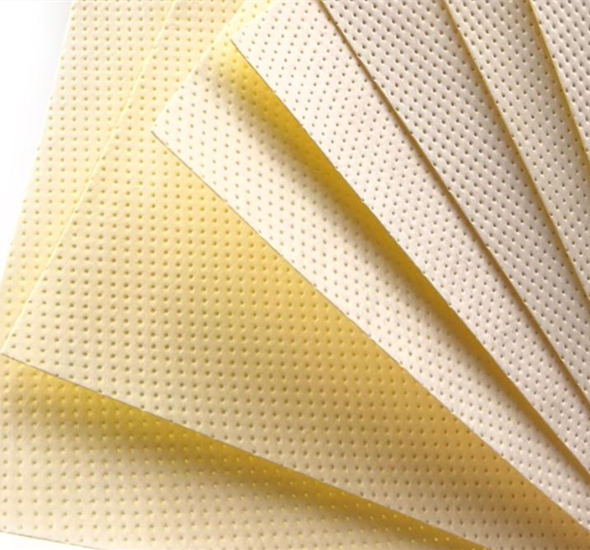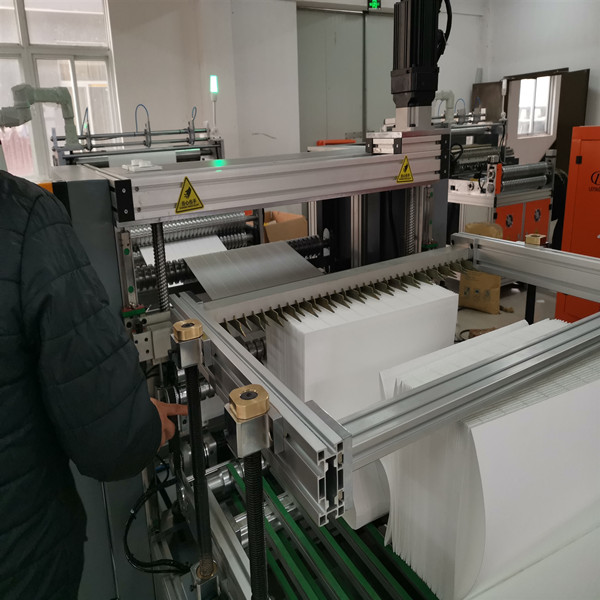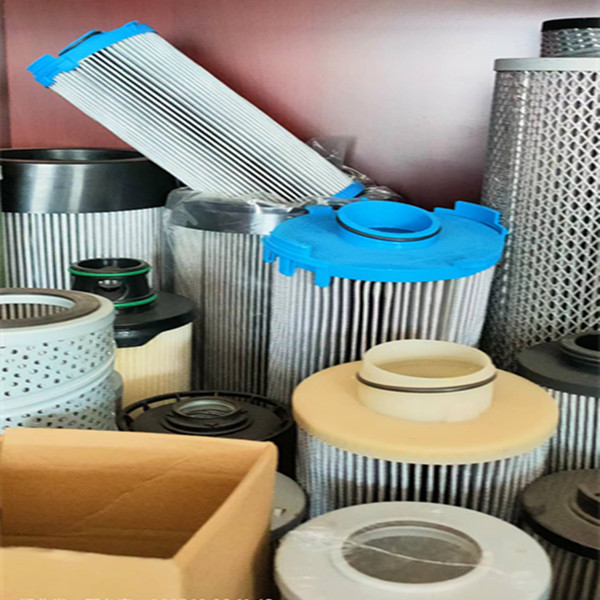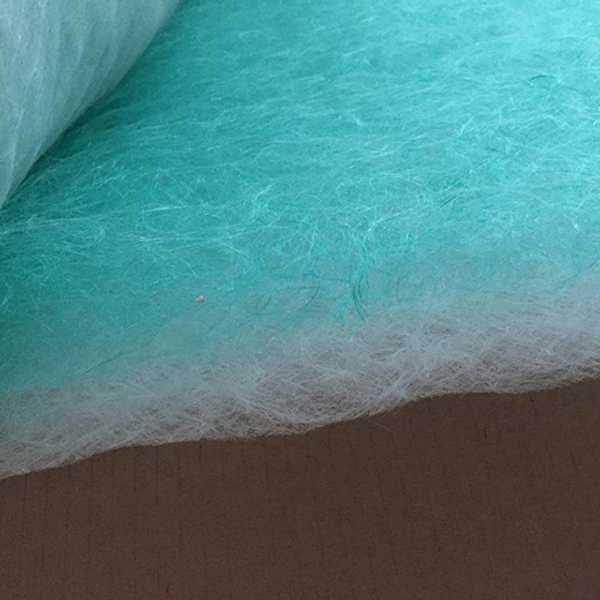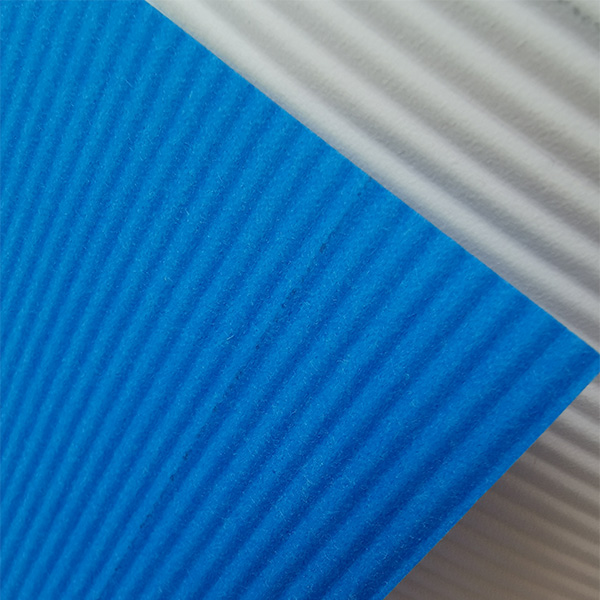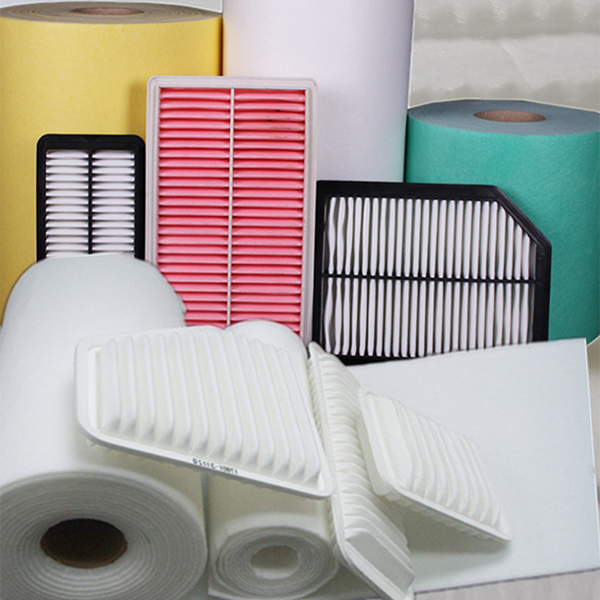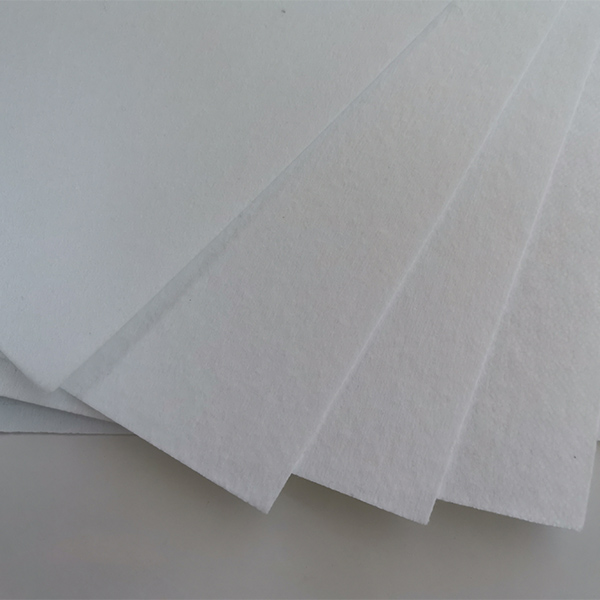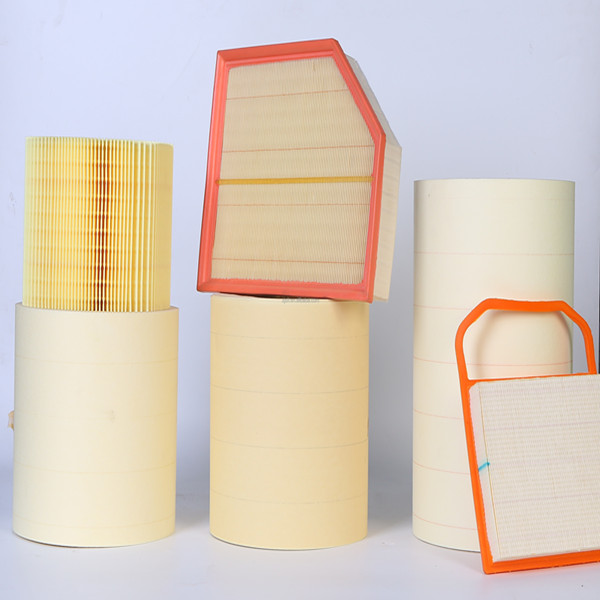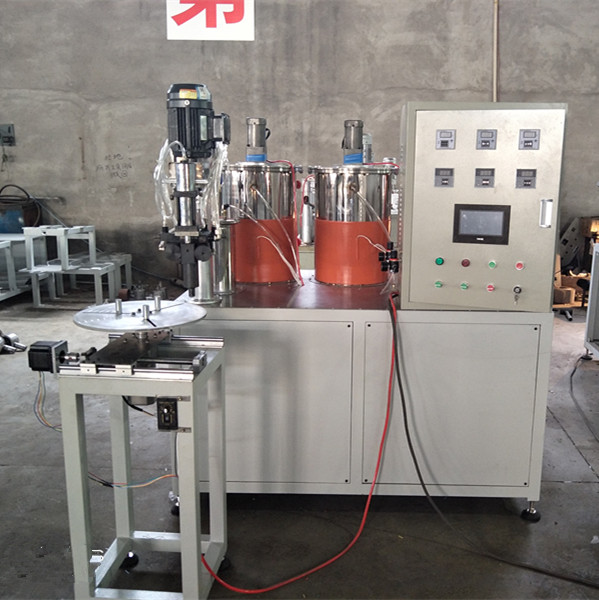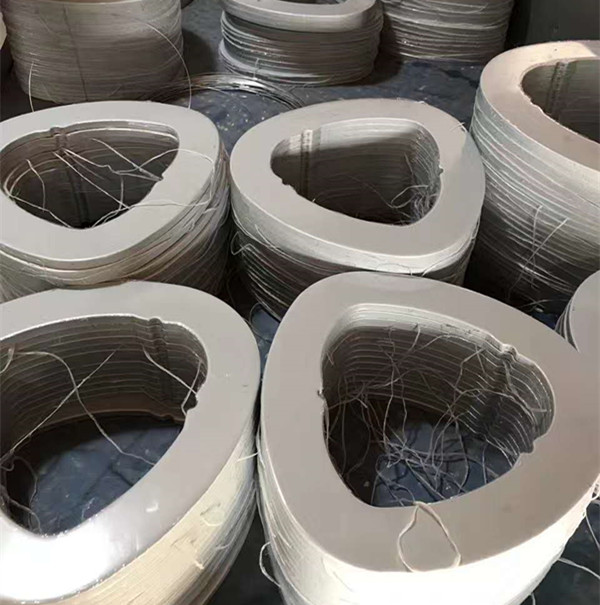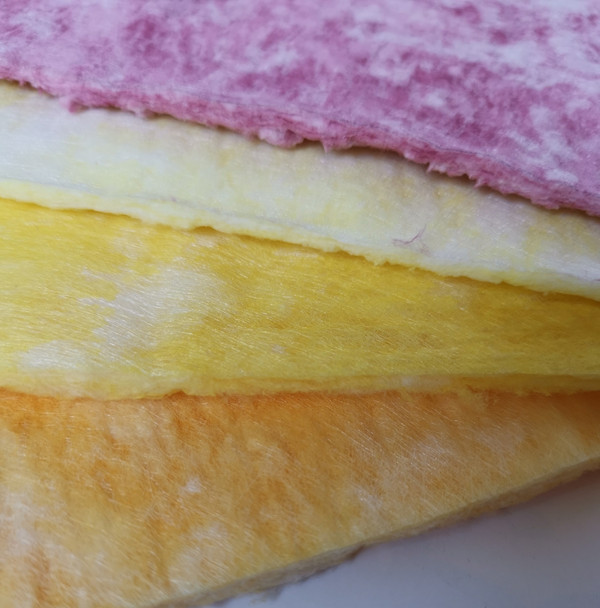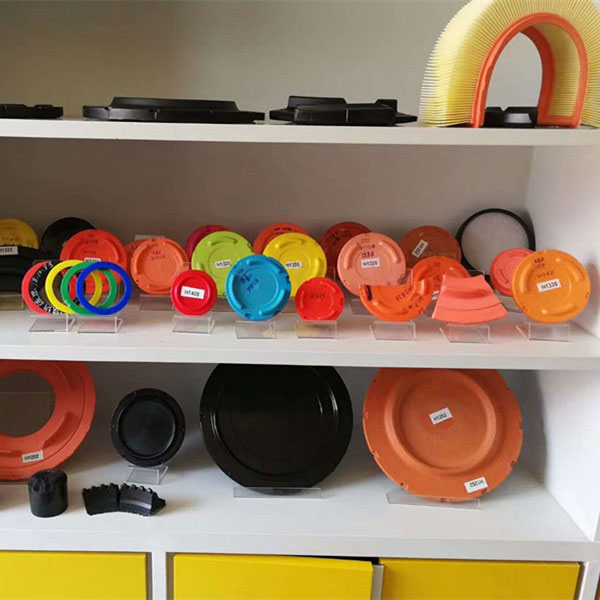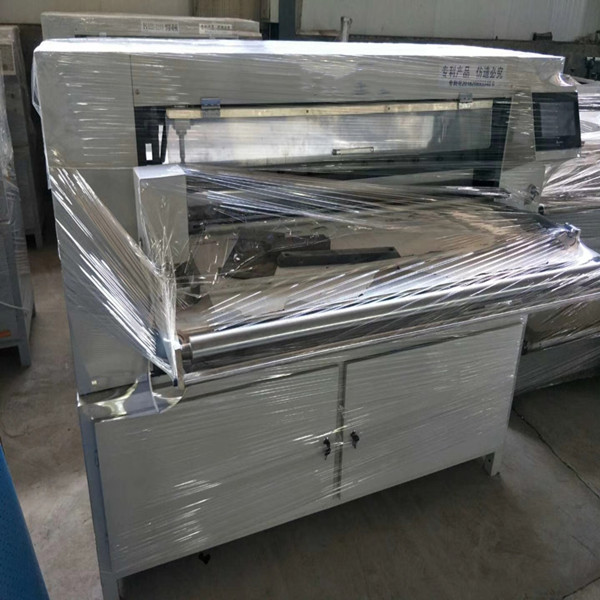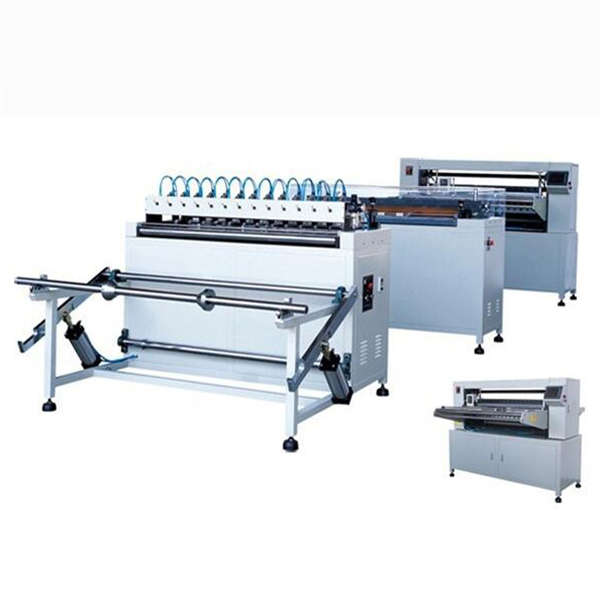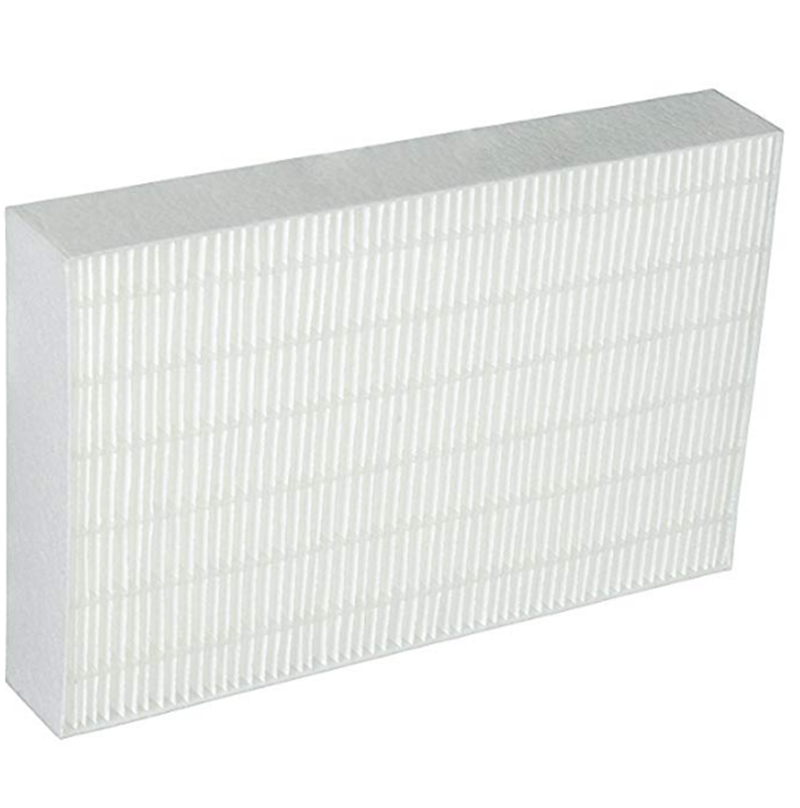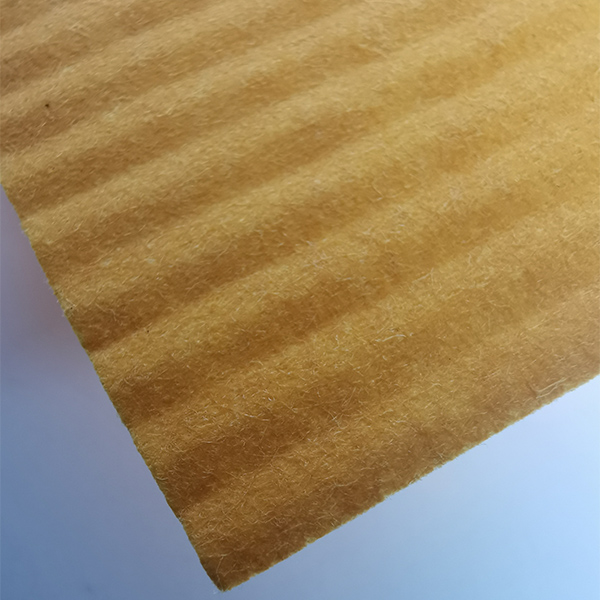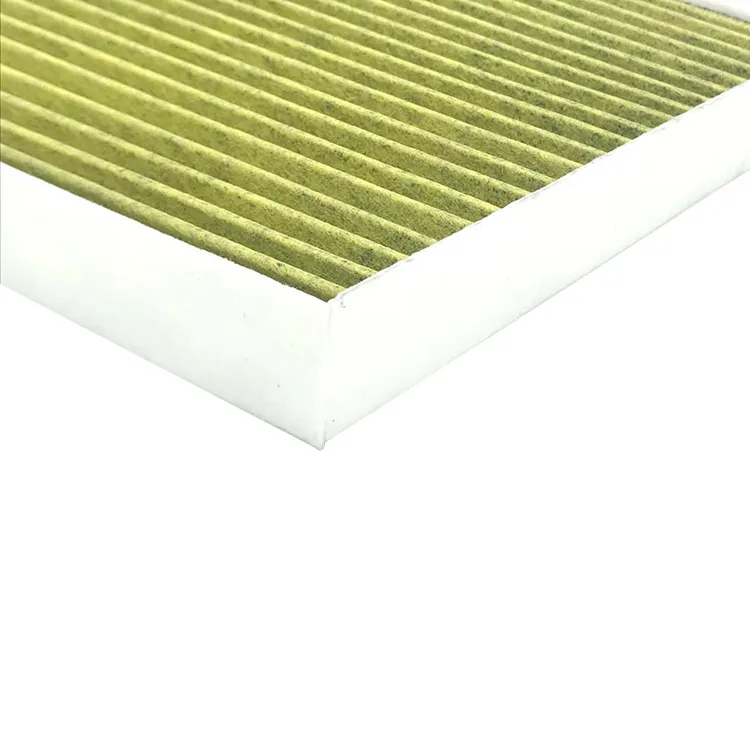- Introduction to Glass Fiber Filters and Their Key Role
- Technical Advantages Driving Performance and Reliability
- Comparing Leading Manufacturers: Specifications and Value
- Tailored Filtration Solutions for Industry-Specific Challenges
- Real-World Applications: Success Stories Across Sectors
- Understanding Market Pricing and Cost Efficiency Factors
- Future-Proof Solutions with Advanced Glass Fiber Media
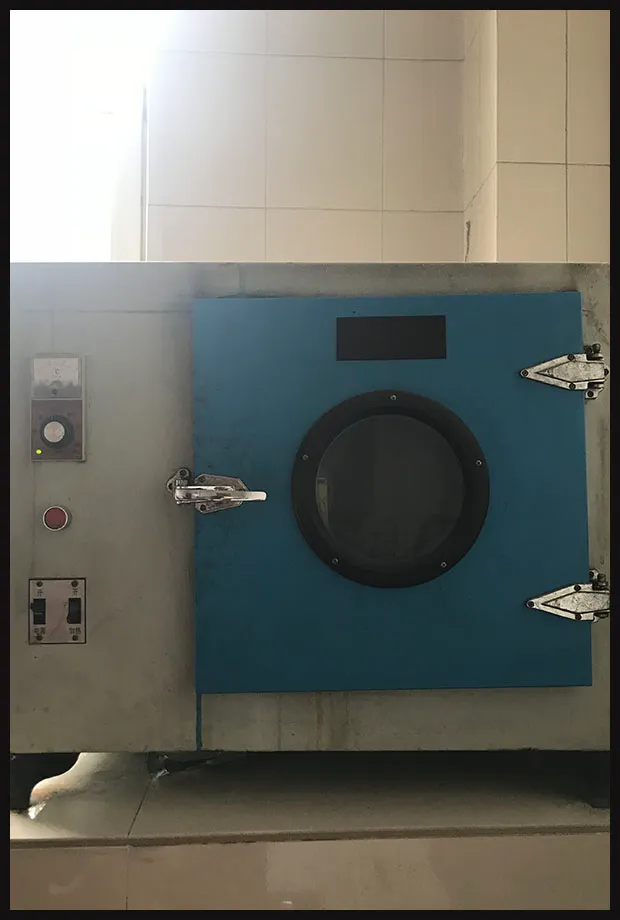
(glass fiber filter)
The Essential Role of Glass Fiber Filters in Modern Filtration
Glass fiber filters represent an engineered solution for demanding filtration scenarios where chemical resistance and thermal stability are critical. These filters consist of woven borosilicate microfibers with precisely controlled pore structures, delivering performance that traditional cellulose membranes cannot match. Particularly in laboratory environments, 82% of analytical testing facilities rely on these filters due to their non-reactivity with organic solvents and superior particle retention consistency.
Industrial applications primarily benefit from three variant types: standard glass fiber filter
paper for routine processes, micro glass fiber filter units for sub-micron particle capture, and specialty glass fiber filter media designed for harsh chemical environments. Manufacturers now produce products meeting stringent ISO 9001 quality standards, ensuring each batch maintains consistent flow rates (±5%) and particulate retention accuracy. Quality verification includes rigorous testing against ASTM F316 standards for pore size distribution.
The intrinsic material properties enable these filters to withstand operational temperatures exceeding 500°C (932°F) without structural compromise. Recent studies indicate lifespan improvements of 300% compared to polymer alternatives when processing corrosive substances like concentrated acids. This durability directly reduces operational expenditures in continuous manufacturing processes where filter replacement causes significant downtime.
Technical Advantages Driving Performance and Reliability
Unlike organic membranes, glass fiber filters exhibit negligible swelling when exposed to polar solvents - a critical advantage in HPLC sample preparation where volume precision impacts analytical results. Independent testing confirms dimensional stability within 0.2% across methanol, acetone, and toluene exposure cycles. This dimensional integrity maintains consistent flow dynamics throughout the filtration process.
Borosilicate composition provides exceptional pH stability (range 0-14), outperforming cellulose alternatives which degrade rapidly in strong bases. Filtration efficiencies remain constant at 99.97% for 1μm particles even after 48-hour immersion in 5M NaOH solutions. Temperature resilience allows steam sterilization at 121°C without compromising the fiber matrix integrity - a mandatory requirement in pharmaceutical aseptic processing.
The material's hydrophilicity enables immediate wetting without surfactants, achieving flow rates 3x faster than comparable PTFE membranes. This property significantly accelerates processing times in high-volume applications like wastewater analysis where throughput determines laboratory efficiency. Structural reinforcement through proprietary bonding techniques increases tensile strength by 40% versus standard designs, preventing tearing during high-pressure industrial operations.
Comparing Leading Manufacturers: Specifications and Value
| Manufacturer | Product Series | Pore Size (μm) | Max Temp (°C) | Chemical Resistance | Batch Consistency | Relative Value Index |
|---|---|---|---|---|---|---|
| Whatman™ | GF/A, GF/B | 1.6 / 1.0 | 550 | Grade A | ±3% | 92/100 |
| Millipore® | AP series | 0.7 - 2.2 | 500 | Grade A | ±5% | 87/100 |
| Sartorius | Grade 134 | 0.6 - 3.0 | 520 | Grade B+ | ±4% | 85/100 |
| AdvanTech | GFF-500 | 0.8 - 2.5 | 480 | Grade B | ±8% | 76/100 |
Third-party validation reveals premium brands maintain tighter pore size distributions (+/-0.1μm) critical for microbial air monitoring applications. Industry surveys indicate Whatman GF series maintains 95% customer satisfaction for heavy metal analysis due to ultra-low trace element contamination (As:
Tailored Filtration Solutions for Industry-Specific Challenges
Leading manufacturers now offer application-engineered configurations addressing unique sector requirements. Pharmaceutical production lines utilize surface-modified GFF membranes with enhanced viral retention capabilities (LRV ≥4) for sterile processing. These specialized membranes incorporate alumina nanolayers increasing adsorption capacity by 200% for endotoxin removal during injectable drug manufacturing.
Environmental monitoring applications demand high-flow designs incorporating graded-density fiber layering. Progressive 3-layer constructions demonstrate 75% higher dirt-holding capacity while reducing pressure drop by 40% during airborne particulate sampling. Semiconductor manufacturers utilize ultra-low ash versions (≤0.002% ignition residue) featuring acid-washed fibers to prevent microchip contamination.
Recent advances include electrically conductive variants for real-time fouling monitoring. By integrating carbon nanotube-doped fibers, these systems detect flow resistance changes at the 0.1-bar threshold, triggering automated backflush cycles. This innovation extends filter lifespan by 300% in wastewater treatment membranes handling high-solids loads.
Real-World Applications: Success Stories Across Sectors
In pharmaceutical validation, major vaccine producers reduced sterility testing time by 60% after implementing 0.45μm glass fiber pre-filters in contamination control strategies. The improved flow characteristics enabled faster processing of cell culture media while maintaining 100% compliance with USP particulate standards. Automated manufacturing lines saw 30% reduction in filter changeover frequency due to enhanced sludge-loading capacity.
Environmental laboratories achieved EPA Method 1664 compliance using acid-treated micro glass fiber filters for oil/grease analysis. Modified binder-free construction prevented solvent interaction, yielding recovery rates exceeding 98% compared to traditional materials. Municipal water plants utilizing graded-density glass fiber media reported 45% longer service intervals during algal bloom events due to superior chlorophyll-a retention efficiency.
Industrial case studies highlight particulate emission reductions in cement manufacturing. By implementing high-temperature glass fiber filter bags with silicon-enhanced surfaces, plants achieved continuous 30-day operation cycles with dust concentrations below 5mg/m³. The solution demonstrated 99.99% efficiency for PM2.5 capture during stack testing while withstanding gas temperatures exceeding 260°C.
Understanding Market Pricing and Cost Efficiency Factors
Glass fiber filter paper price structures vary considerably based on technical specifications rather than simple size metrics. A 47mm diameter membrane with 1.0μm pores costs $0.25-0.45/unit for standard GF/A composition, while specialized binder-free micro glass fiber filter versions range from $0.85-1.25/unit. The premium reflects manufacturing precision: pore size tolerance under ±0.05μm versus ±0.15μm in economy lines.
Quantity pricing creates substantial savings, with 1,000-unit volumes reducing per-piece costs by 35-60%. Thermal bonding treatments adding temperature resilience increase baseline prices by 25%, while surface modifications like hydrophilic treatments add 15-20% premiums. Third-party comparative analysis confirms total cost of ownership calculations favor premium products in continuous operation—the initial 40% higher glass fiber filter media cost generates 200% lifespan extension.
Material composition significantly impacts value: fibers with >95% SiO₂ content command 20-30% premiums over standard borosilicate blends. Recent quartz microfiber innovations demonstrate 550°C continuous thermal stability but carry 3x baseline cost. Strategic procurement through approved vendor programs typically yields 18-22% savings versus spot purchases.
Future-Proof Solutions with Advanced Glass Fiber Filter Media
Emerging nanofiber integration technologies are revolutionizing glass fiber filter capabilities. Hybrid membranes incorporating electrospun silica nanofibers between conventional microfibers demonstrate 150% increased nanoparticle capture efficiency (0.1μm particles at 99.999%) while maintaining standard flow rates. This breakthrough addresses increasing regulatory requirements for USP in biologics manufacturing.
Manufacturers are implementing smart factory protocols utilizing AI-driven quality control. Real-time optical scanning detects fiber distribution anomalies during production, ensuring pore size consistency within ±0.03μm—surpassing current industry standards. Patented surface modification techniques now create hydrophobic/hydrophilic zone patterning, enabling simultaneous oil/water separation efficiencies exceeding 95%.
Environmental pressures drive binder-free advancements using fusion bonding technology. Current prototypes eliminate organic binders completely while maintaining tensile strength through molecular-level sintering. These innovations achieve 0.005% ash content—critical for trace metal analysis—and withstand autoclaving cycles with less than 0.1% weight loss. Such advancements maintain glass fiber filtration's dominance across scientific and industrial sectors.

(glass fiber filter)
FAQS on glass fiber filter
Here are 5 HTML-formatted FAQs addressing your , with concise Q&A pairs under H3 headings:Q: What are common applications for glass fiber filter media?
A: Glass fiber filter media are widely used in industrial air filtration, water treatment plants, and laboratory sample preparation. They efficiently capture fine particulates due to their high porosity. Their chemical resistance makes them suitable for harsh environments.
Q: How does micro glass fiber filter differ from standard filters?
A: Micro glass fiber filters feature smaller fiber diameters and higher particle retention efficiency than standard versions. They provide superior fine particulate capture (down to 0.3 microns) and faster flow rates. These characteristics make them ideal for analytical testing and sterile filtration.
Q: What determines glass fiber filter paper price?
A: Glass fiber filter paper price depends on pore size, sheet dimensions, and order volume. Specialty treatments like binder-free coatings or sterile packaging also increase costs. Bulk purchases generally offer significant per-unit discounts.
Q: When should I choose binder-free micro glass fiber filters?
A: Opt for binder-free micro glass fiber filters when analyzing trace elements or conducting high-temperature applications (up to 500°C). They eliminate organic contamination risks from resin binders. These are essential for gravimetric analysis and sensitive environmental testing.
Q: Why use glass fiber filters for air pollution monitoring?
A: Glass fiber filters excel in air monitoring due to their high dust-holding capacity and consistent weight stability. They meet EPA standards for particulate matter (PM2.5/PM10) sampling. Their low moisture absorption ensures accurate gravimetric measurements.
Post time: ມ.ຖ.-03-2025

